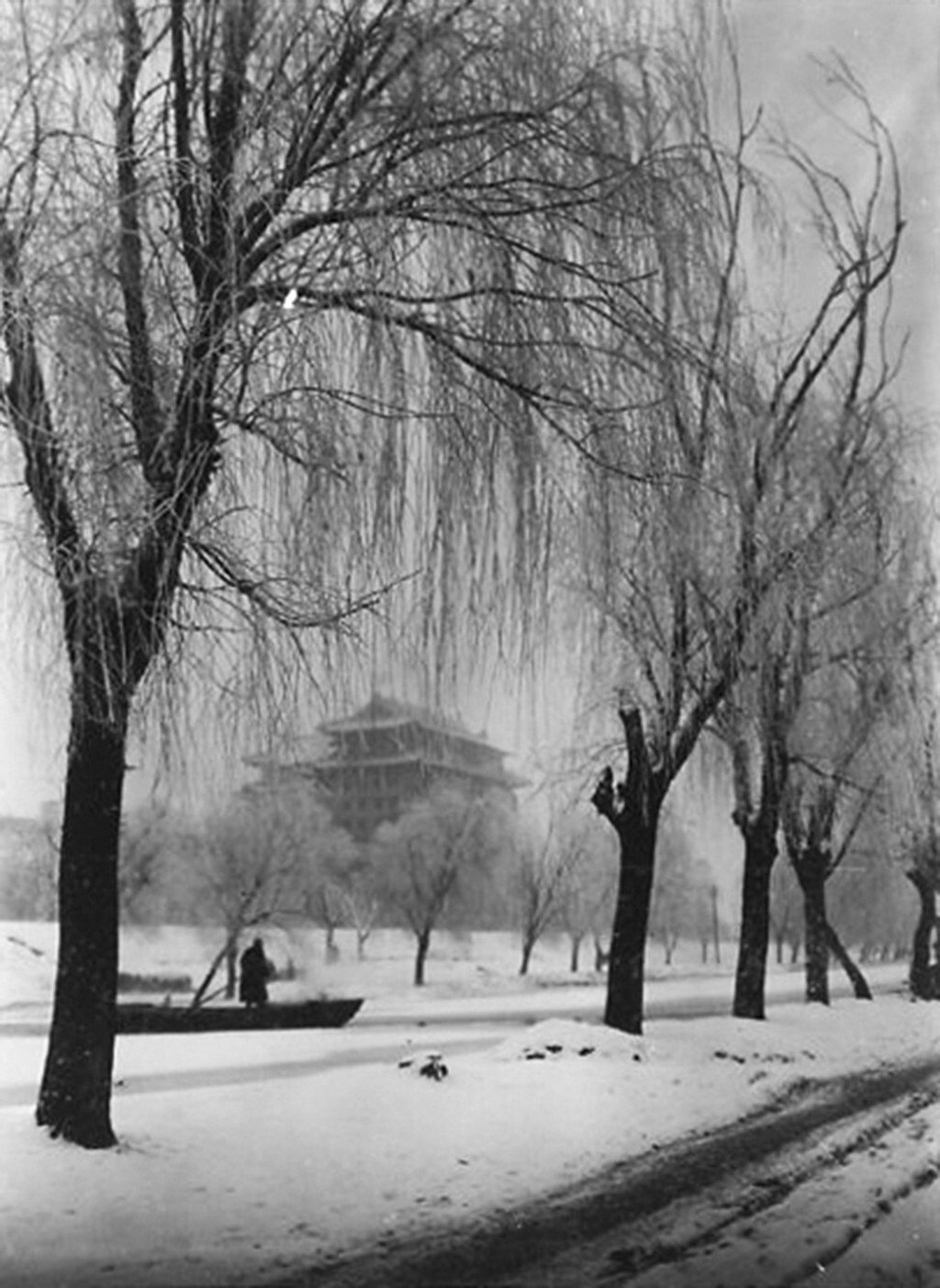Christmas in Peking’s foreign colony: ice skating and overindulgence but no turkey
While the local population was busy preparing for Lunar New Year, the community in the city’s Legation Quarter feted the festive period in style

In the first half of the 20th century, Peking paid little attention to Christmas. By then, the resident Chinese were already busy preparing for Lunar New Year. But in the strictly demarcated Legation Quarter, at the heart of the city’s foreign community, yuletide memories were invariably fond.
Beyond imposing gates and armed sentries with signs ordering rickshaw pullers to slow down for inspection was a haven of Western architecture, commerce and entertainment: embassies, hospitals, churches and blocks of flats serviced by a profusion of clubs, hotels and bars. It could just as easily have been London, Paris or Washington.
Just outside the quarter were the commercial streets of Hatamen and Morrison (now Chongwenmen and Wangfujing, respectively), with the Grand Hôtel de Pékin (now the NUO Hotel Beijing) on the corner of Morrison Street and Changan Avenue. Close by, Houhai and Beihai lakes provided ice-skating opportunities. This was where Christmas was celebrated by the 2,000 to 3,000 foreigners who lived in Peking between the world wars.
During Christmas 1931, Peking experienced the worst weather on record. Sub-zero temperatures, dust and snowstorms killed many homeless people in the city’s streets and hutongs. Rail and road links were snowed under and the bad weather spread as far south as Shanghai, Nanjing and Hankou, cities not used to such freezing conditions.
Adding to Peking’s isolation were invasion fears after the Japanese annexation of Manchuria, while refugees flooding into the city from the north created a housing crisis.

By December 1932, the situation had calmed somewhat and the quarter was preparing for Christmas as usual. It seemed like the whole colony was reading the new Ann Bridge novel, Peking Picnic, which was full of Legation Quarter gossip, decoding its intrigue and affairs.